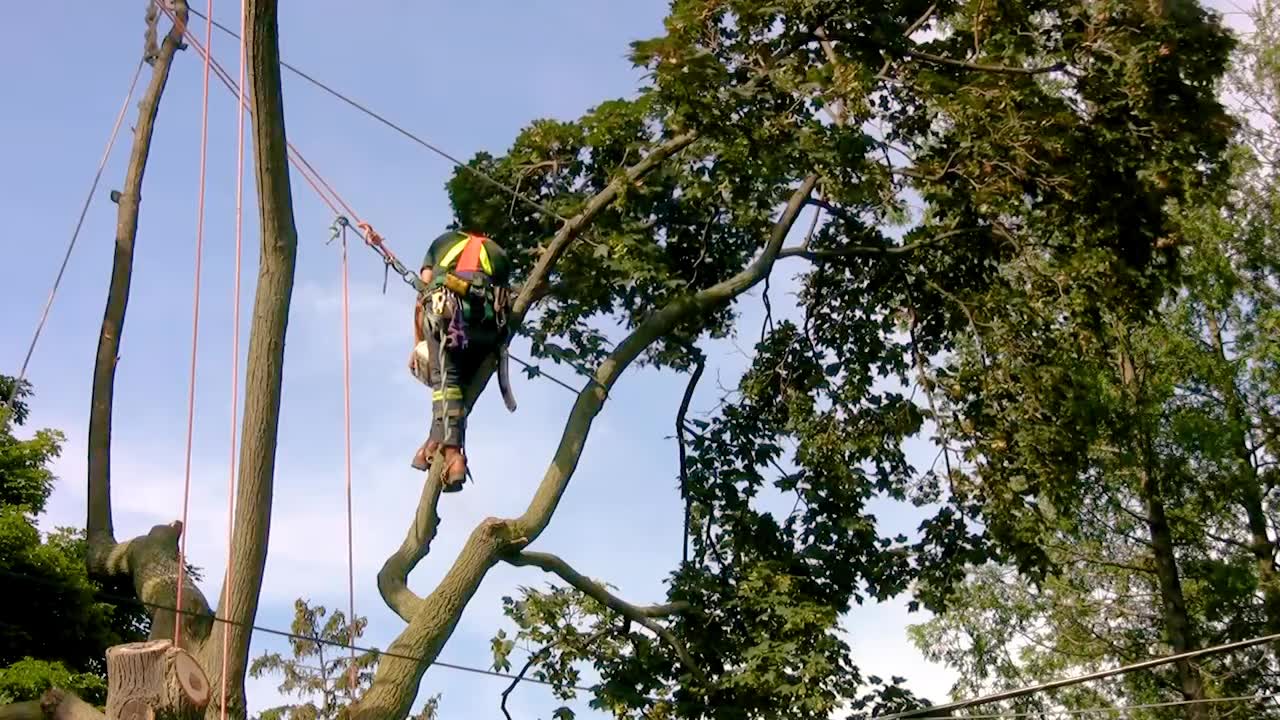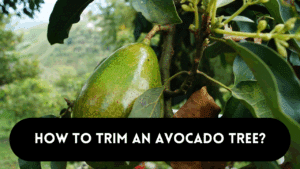Because of their large harvests of delectable nuts, pecan trees are a valuable addition to any landscape. If you are fortunate enough to have one of these majestic trees in your yard, you should know how to pecan tree care. In this comprehensive tutorial, we’ll go over the intricacies to care pecan trees so that your nut-bearing companions thrive and provide you with a continuous supply of tasty nuts.
Methods to Pecan Tree Care
Let’s take a moment to recognise these amazing trees before getting into the specifics of pecan tree maintenance. Native to North America, pecan trees (Carya illinoinensis) are prized for their timber, shade, and, of course, the prized pecans they bear.
Knowing your particular pecan tree variety and its particular requirements is essential to a successful harvest, whether you have a backyard orchard or just one tree.
Selecting the Ideal Site For Pecan Trees: Where the Dreams Grow Nut
Start your pecan tree care quest by carefully choosing the location of your plants. Pecan trees should be planted in full sunlight and do best in well-drained soil. Keep in mind that these trees can get rather big, so allow them lots of room to expand their roots and branches. Robust and resilient trees are the result of healthy root development in well-aerated soil.
Planting Pecan Trees: Caring for the Future Harvest’s Seeds
After deciding on the ideal location, it’s time to get your hands filthy. It takes some patience, but planting pecan trees is an interesting project.
To start, dig a hole that is deep enough to hold the tree’s roots without causing them to bow or get crowded. Ensure that the root collar of the tree is level with the soil surface before planting it in the hole. After adding soil to the hole and gently compacting it, water it well.
Satisfying Pecan Tree Thirst
The key to pecan tree care is adequate irrigation. Particularly young trees require steady rainfall to form robust root systems. Give the soil plenty of water during dry spells to keep it continuously moist. But take care not to overwater; pecans detest damp conditions as well.
Watering deeply and infrequently while letting the soil gradually dry out in between applications is a good general rule of thumb.
Feeding Your Nut-Crunching Friends: Fertilize to Achieve Maximum Growth
Pecan trees are living things, and they like food just like any other. Fertilising is an essential part of caring for pecan trees since it encourages robust growth and prolific nut production.
In the early spring, before the trees enter their active growth period, apply a balanced fertilizer. Always remember that finding the ideal balance for your particular tree is important since too much nitrogen might cause excessive vegetative growth at the expense of nut development.
Pruning Pecan Trees: Success-Oriented Shaping
Pruning pecan trees is an art form that involves reshaping the trees to maximize their exposure to sunshine and ventilation. To let more light in, trim off any dead or broken branches and thin out congested areas. The idea is to have an open canopy that promotes the growth of strong branches and high-quality pecan formation.
Keeping an Eye Out for Diseases and Pests: A War Worth Fighting
Like any other garden inhabitants, pecan trees encounter their fair share of pest and disease problems. To safeguard your nut-eating acquaintances, stay on the lookout and take precautions.
Check your trees often for telltale indicators of problems like webworms, pecan scab or aphids. For environmentally friendly pest control, try utilizing soaps that have insecticidal properties or organic pesticides.
Pecan Harvesting: Savoring the Results of Your Work
Your pecan trees are expanding, bringing with them the prospect of a large crop. Knowing when and how to harvest pecan trees is one of the most critical aspects of caring for them.
Wait for the nuts to fall naturally to the ground, or if you’re in a hurry, gently shake the branches to encourage ripe pecans to fall. Squirrels and other animals find the nuts appealing, so collect them soon.
Getting Pecan Trees Ready for the Winter
Pecan trees are susceptible to hard winters, but some advance planning helps much. To shield the tree’s roots from severe weather and to act as insulation, mulch the area surrounding the base of the tree.
Before winter arrives, trim off any dead or damaged branches, and think about covering the trunk with hessian to protect it from strong winds.
With proper winter care, your pecan trees will grow strong and colorful come springtime.
Troubleshooting Typical Problems: An Easy Guide to Solving Issues
Problems might occur even with the best pecan tree maintenance techniques. Unusual growth patterns, poor nut yield, or yellowing leaves may indicate underlying issues.
Instead of freaking out, get advice from a nearby arborist or extension service. They can assist in identifying the problem and offer customized fixes to maintain the best possible health for your pecan trees.
FAQ
What time of year is optimum for planting pecan trees?
Late winter or early spring is the best time to plant pecan trees since it gives them time to form sturdy roots before the active growing season starts.
How frequently should my pecan trees be watered?
Young pecan trees need regular moisturizing. Make sure the soil is regularly moist but not soggy by giving it thorough, sparing waterings.
Which fertilizer kind is ideal for pecan trees?
For pecan trees, use a balanced fertilizer that has a higher phosphorus to potassium ratio. Apply before the trees reach their development phase in the early spring.
How can I keep pests away from my pecan trees?
Check your trees frequently for pests like webworms and aphids. As a preventative precaution, think about applying insecticidal soaps or organic pesticides.
What time of year is best for pecan harvesting?
Gather pecans as they fall to the ground organically or shake the branches gently to induce the dropping of mature nuts. Gather them up quickly to stop creatures from savoring the feast.
Conclusion
Caring for pecan trees takes seasons and years of rewarding effort. From the excitement of planting seedlings to the fulfillment of a plentiful harvest, each stage contributes to the history of these magnificent trees.
With a little dedication and green-thumb magic, you can ensure that your pecan trees not only survive but thrive by providing shade for your landscape and storing wonderful fruits of your work in your pantry. Cheers to pecan tree maintenance!




